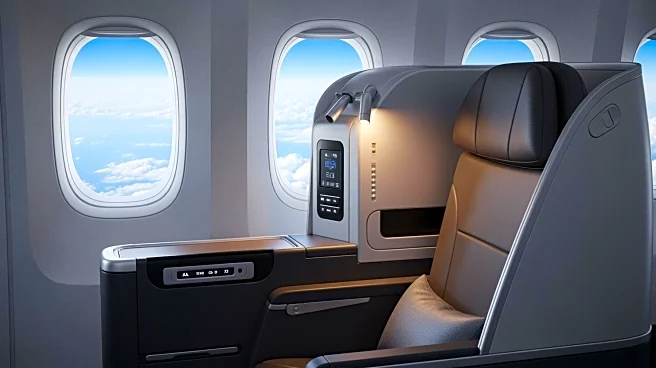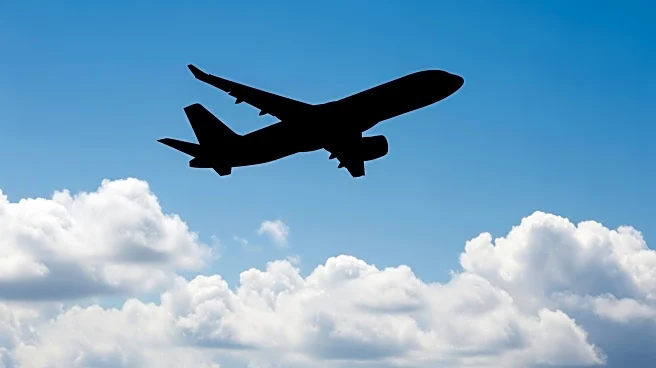What's Happening?
Air India is enhancing its business class services by introducing flights on the Airbus A350 and A320neo. The airline, which has undergone privatization, is offering these new cabin experiences on routes
from London to Delhi and Kuala Lumpur. The flights are part of a broader review trip that includes other airlines such as Singapore Airlines and Etihad. The introduction of these aircraft is part of Air India's strategy to modernize its fleet and improve passenger experience. The A350 and A320neo are equipped with the latest generation cabins, promising a more comfortable and efficient travel experience.
Why It's Important?
The introduction of the Airbus A350 and A320neo in Air India's fleet marks a significant step in the airline's modernization efforts. This move is likely to enhance Air India's competitiveness in the international market, particularly in the business class segment. By offering state-of-the-art cabins, Air India aims to attract more premium passengers, which could lead to increased revenue and market share. The airline's focus on improving its services is crucial as it seeks to establish itself as a leading carrier in the region following its privatization.
What's Next?
Air India's expansion with new aircraft models may lead to further enhancements in its service offerings. The airline could potentially explore additional routes and partnerships to maximize the utilization of its upgraded fleet. Stakeholders, including passengers and industry analysts, will be watching closely to see how these changes impact Air India's market position and customer satisfaction. The success of these new offerings could influence future decisions regarding fleet expansion and service improvements.
Beyond the Headlines
The modernization of Air India's fleet with the A350 and A320neo could have broader implications for the airline industry in India. It may set a precedent for other carriers in the region to upgrade their fleets and improve service quality. Additionally, this move could stimulate competition among airlines, leading to better pricing and service options for consumers. The focus on premium cabins also highlights a shift towards catering to business travelers, which could impact travel patterns and industry dynamics.











